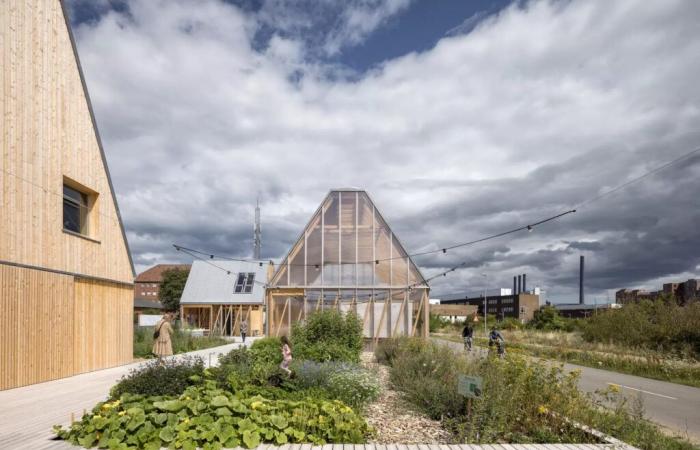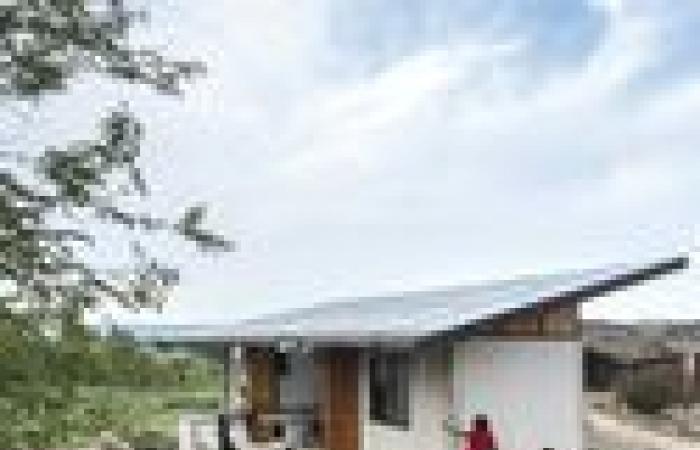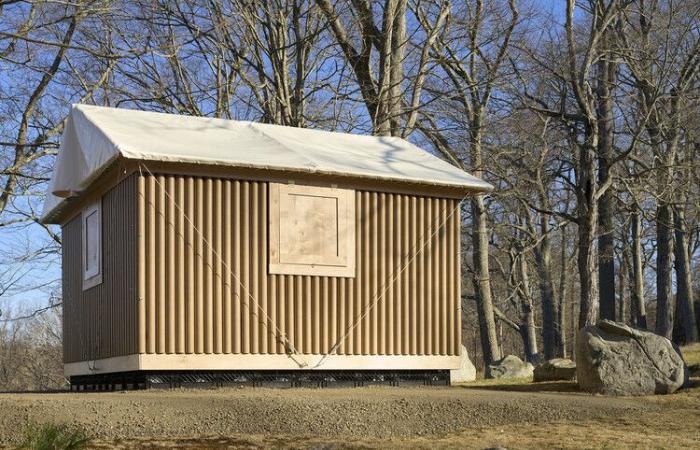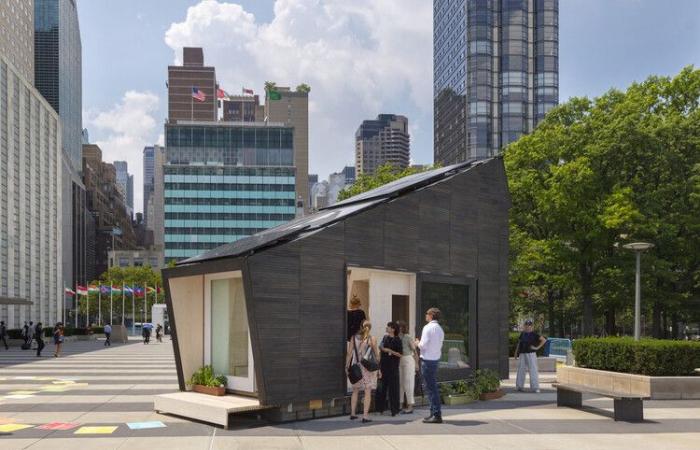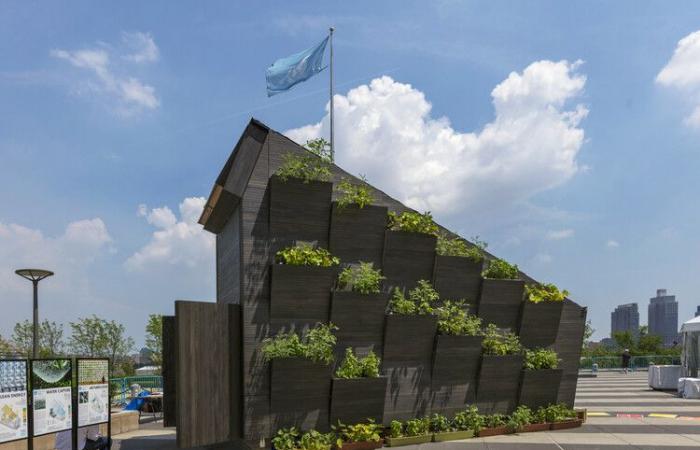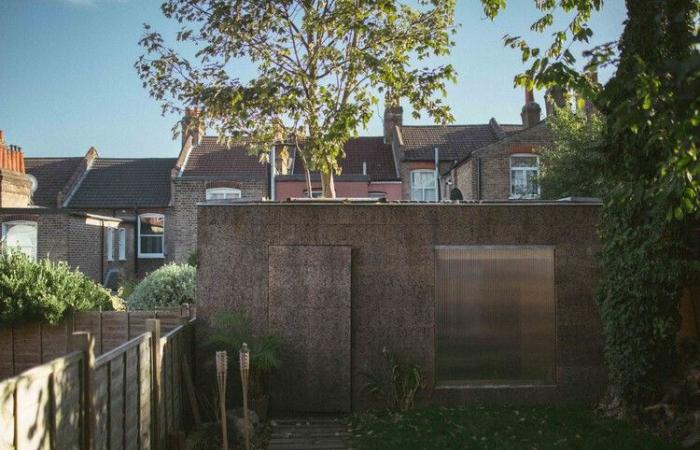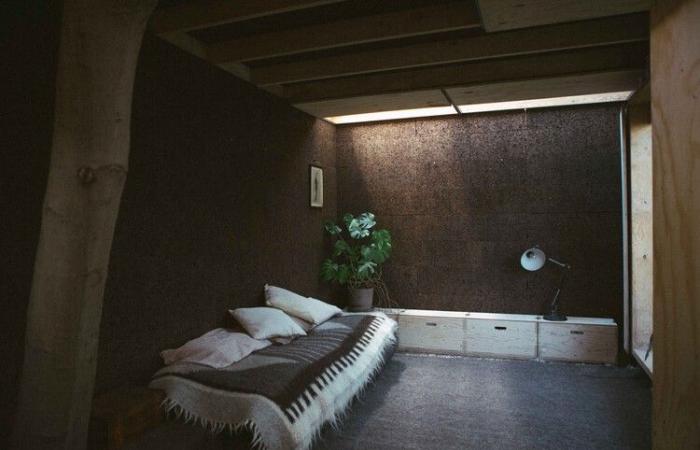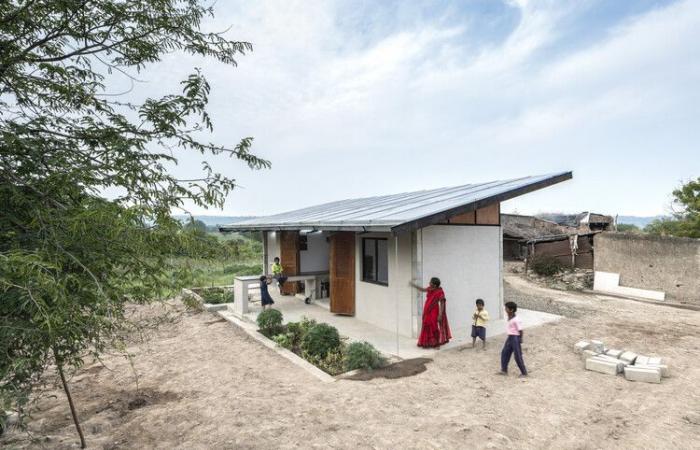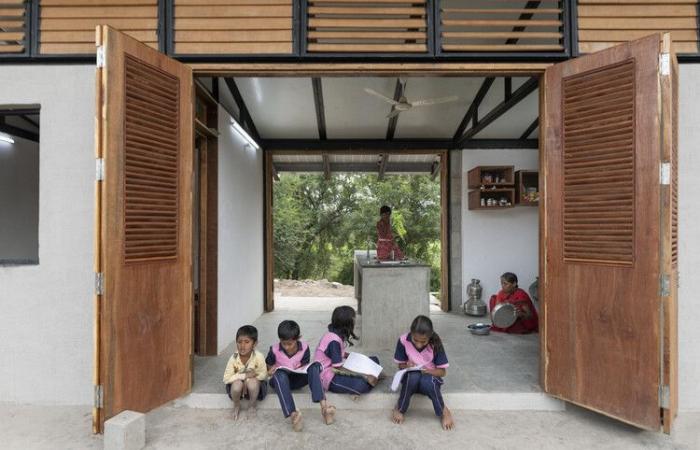O
The development of traditional buildings follows a risky model: design, build on a large scale and expect everything to work as planned. Sustainable housing prototypes invest this script creating functional micro-sessions of larger visions. This methodical approach allows designers to experiment with new materials, technologies and systems without the enormous financial and environmental risks associated with large -scale development. Sustainable construction prototypes serve as compact laboratories where theories can be tested before broader implementation.


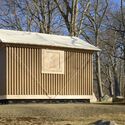

 + 3
+ 3
Sustainable design requires recognition of the past and a vision for the future. Instead of reinventing the wheel with each design, replicable models are tested and validated to allow ecological design to climb effectively. Inventions are demonstrated more effectively through functional prototypes, allowing tours to convince the public beyond presentations. When concepts can be experienced, belief tends to follow – and with it, demand.

Billionbricks’s Powerhyde prototype in India was designed to address the needs of 200 million homeless people in rural areas. Instead of immediately building thousands of units, developers first perfected a unique, negative carbon and self -financed model. The prototype allowed them to confirm that their ambitious design could comply with their promises: produce four times the energy it consumes, while removing affordable and adaptable to various cultural contexts.
-
Related article
Adaptive reuse: rethink carbon, sustainability and social justiceSimilarly, Yale CEA’s elM NYC prototype demonstrates how tests concentrated in a small area can generate great ideas. Compact housing serves as proof of concept for integrated systems that collect wet air water, cultivate food through micro-agriculture and monitor environmental performance through sensor networks. If these technologies had immediately implemented on a neighborhood scale, the financial and practical consequences of failure would have been substantial.
Prototypes allow designers to fail and learn quickly, in addition to continuously improving. The prototype house of massive wood panels (MPP) in Oregon is built to test the viability of prefabricated plywood for workers’ homes. The two -story structure and around 70 square meters was designed for rapid assembly, using a flat packaging system similar to a “ginger house” that can be erected in just a few days.


The project serves as proof of the concept of how industrialized wood systems can meet urgent housing needs while also addressing regional risks such as forest fires and seismic activity. “This first prototype marks a great progress. The mass -plywood house could represent a new solution to help address the housing crisis in Oregon, especially affordable options known as medium or workers housing,” shares Judith Sheine, an architecture professor at the UO and director of the Tallwood Design Institute.
Modern sustainable housing prototypes stand out for their demonstration of economic viability together with environmental effectiveness. They are no longer just technological exhibition pieces, they are becoming small -scale planes for financial sustainability.
In Powerhyde, sustainable characteristics are not treated as additional costs. The design, in fact, incorporates surplus energy production as a source of income. A group of 75 PowerHyde homes works as a mini energy plant generating 1 MW of energy, creating a source of income for residents while satisfying energy needs. The project demonstrates that sustainable housing can be self -financed – a critical factor for adoption in development regions.
Denmark’s sustainable construction prototype adopts a different economic approach, confirming that sustainability does not have to mean high prices. The project team carefully selected market materials and standard construction methods while achieving negative carbon yield. By documenting that their prototype was presented “at an average price for a Danish new construction”, they addressed one of the most persistent barriers for the adoption of sustainable housing: the perception of a prohibitive cost.
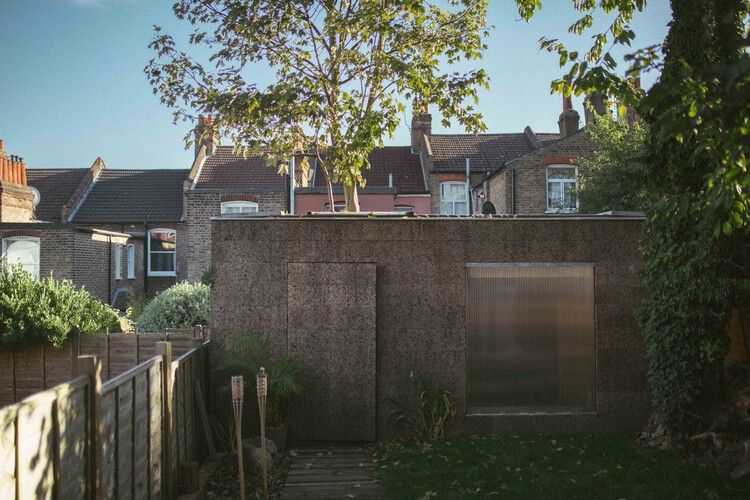
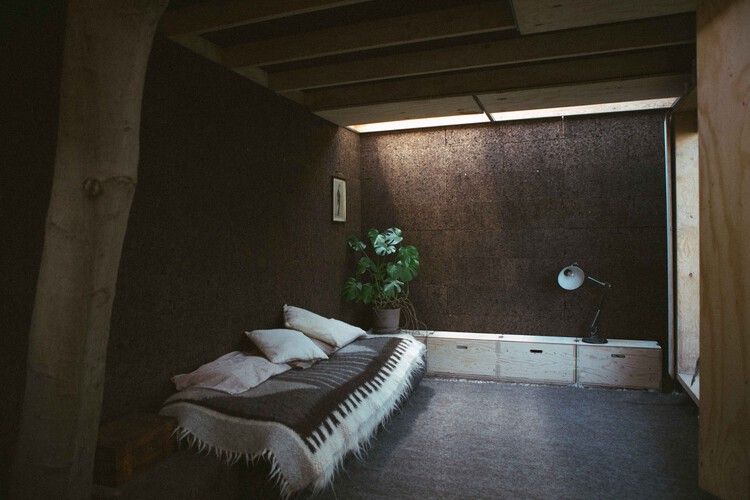
Prototypes facilitate persuasion. With design workflows dominated by technical specifications, physical prototypes offer vivid experiences so that interested parties see the impact in real time. When doing “all the relevant information about this project available for all” and schedule its presentation to coincide with Copenhagen being the international capital of architecture 2023, Living Place Copenhagen positioned the prototype as a means of influence.
It is commonly believed that environmentally conscious housing demands a commitment in terms of comfort or convenience. Well -designed prototypes can dissipate these myths by showing spaces that are not only sustainable, but also comfortable and desirable.
The small -scale prototypes that are available locally indicate to those interested the viability of sustainable design. Prototypes act as references, generating important discussions on how to adapt them to adjust to specific contexts and needs. Its presence encourages practical understanding, facilitating the development of context -sensitive strategies.
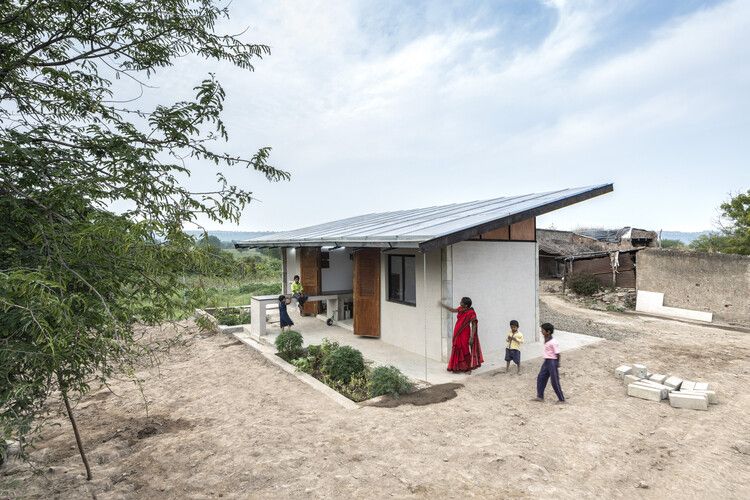
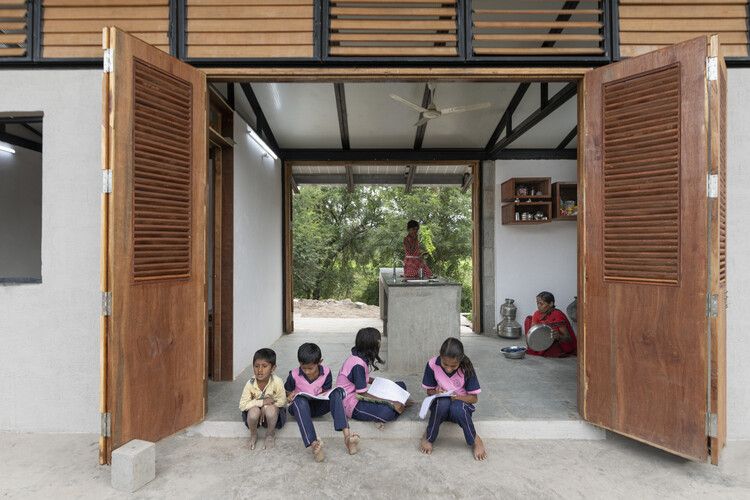
Climate urgency requires rapid and proven construction solutions. Small -scale experiments accelerate innovation cycles, demonstrate economic viability and build public and institutional support. The next border seems to be connecting these successes of isolated prototypes with a broader change of systems. Yale CEA explicitly connects its prototype with global objectives, pointing out that “if they are added to global scale – low -carbon residential development can drastically reduce climate change.”
In the words of architect William McDonough, “Design is the first sign of human intention.” Sustainable housing prototypes represent our clearest intentions for a regenerative built environment, transformed from miniature models into plans for a sustainable world.

